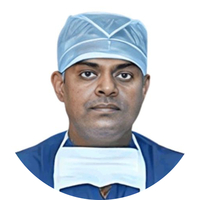While some people enjoy the cold air of winters, for others, winters can bring itchiness and pain in the form of chilblains. Chilblains are medically known as perniosis and are the reaction of the skin to the cold.
Chilblains are small, reddish-purple or dark blue, itchy blister-like swellings present on some parts of the skin which appear on exposure to cold temperatures. They mostly appear on the body's extremities such as the fingers, toes, heels, earlobes and tip of the nose.
Chilblains can be prevented by avoiding cold temperatures, wearing warm clothes, keeping the extremities covered, dipping hands and feet in warm water and staying away from damp environments.
Chilblains usually resolve on their own after a week or two but if they start oozing pus or ulcerate, then immediate medical attention would be required.

 Doctors for Chilblains
Doctors for Chilblains 




































